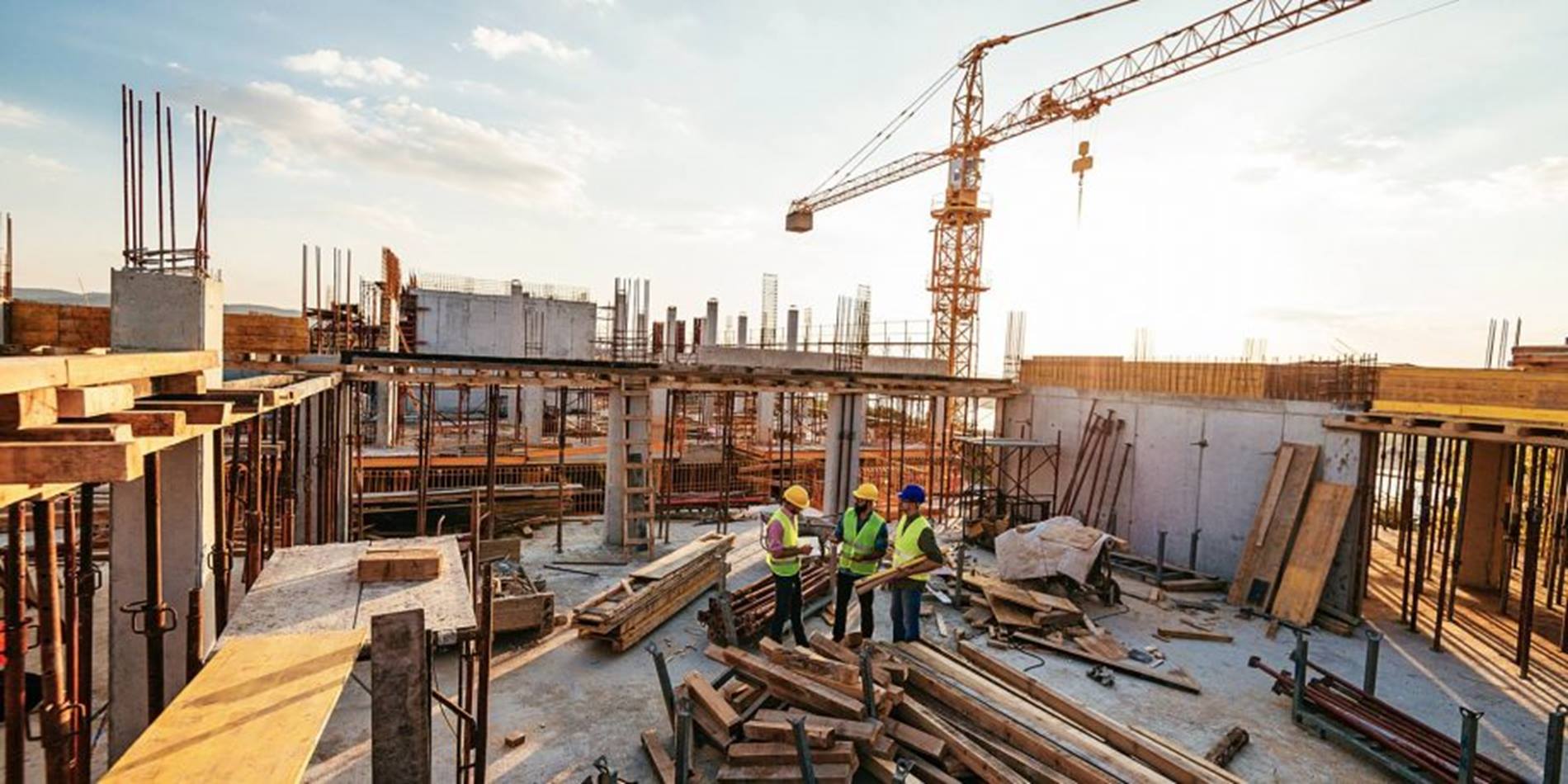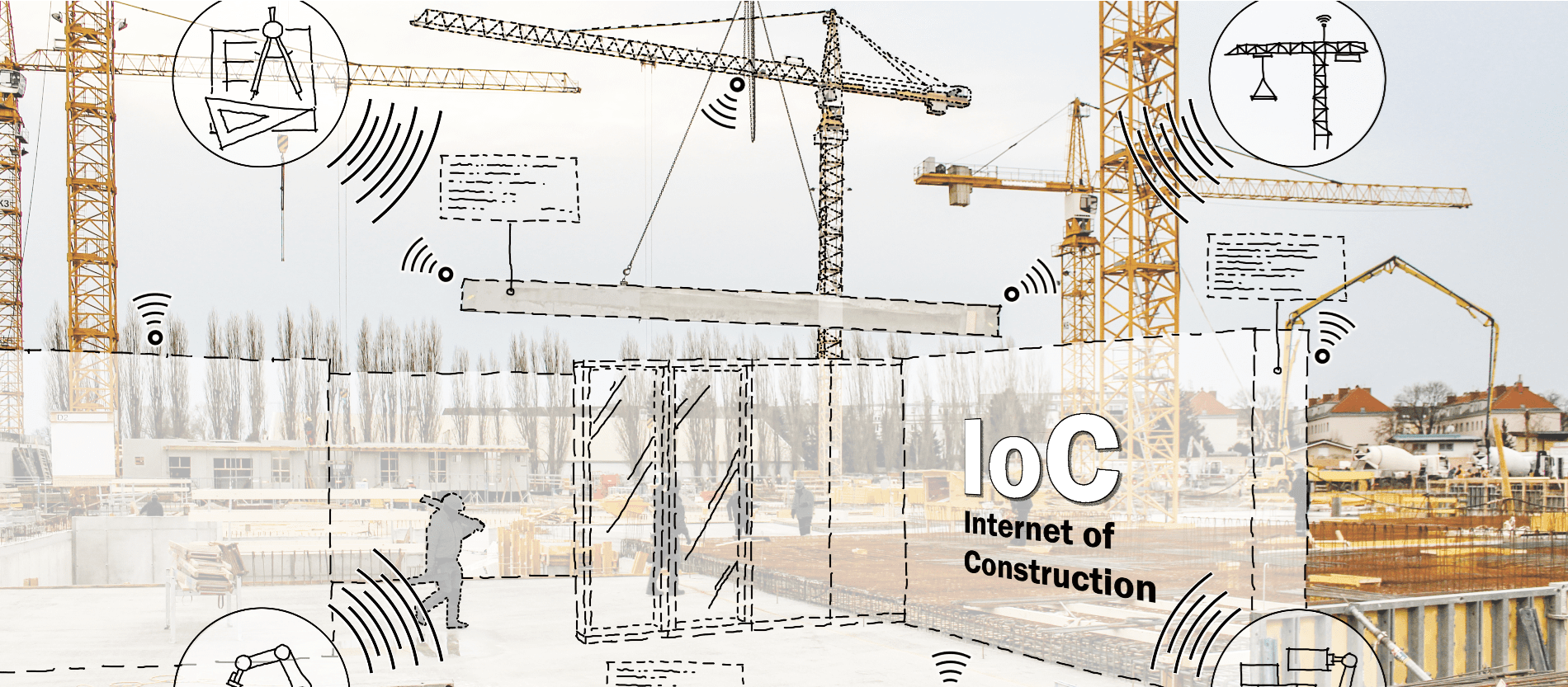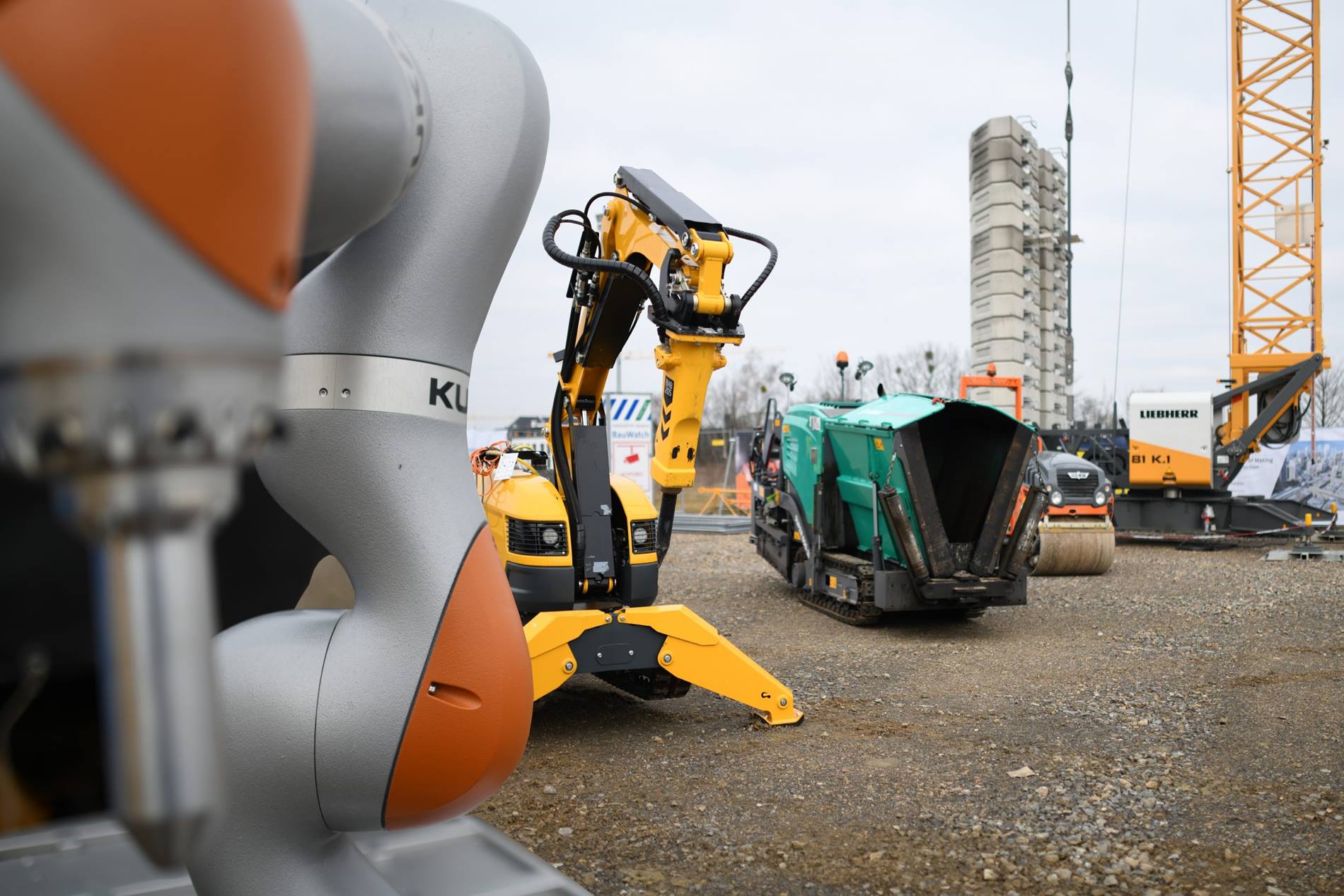Especially on large construction sites, delays often occur or quality requirements are lower than expected. The reason for these problems can often be a lack of data exchange. The Internet of Construction (IOC) project funded by the German Federal Ministry of Education and Research aims to address this issue and use digital building models to improve the networking of companies throughout the entire process, from building planning to construction.
The central question here is: What can digital change in the construction industry look like in concrete terms? The answer to this question is versatile. In any case, it seems clear that there is no getting around the topics of automation and robotics.
Easy-to-Use as a knock-out criterion
However, the use of robots is only worthwhile if they do not have to be programmed in a complex way, but the robot movement is largely derived automatically from the existing digital data. The Easy-to-Use aspect is therefore crucial when it comes to the widespread use of robotics. For this reason, KUKA is also working on algorithms within the scope of the project that enable simple operation. “It is not expedient for an expert to have to program the robot for a long time”, explains Dr. Uwe Zimmermann, Project and Cluster Manager at KUKA. “After all, the tasks are constantly changing, and even a worker who is not an expert should be able to quickly adapt the robot to new requirements. Otherwise it is not profitable”.
Millimeter work vs. mammoth tasks
Especially the use of mobile robots makes sense because of their flexibility on the construction site of the future. However, since this flexibility often comes at the expense of accuracy, the accuracy and convertibility should also be improved by additional sensors on the robot. KUKA is also currently researching and developing various methods for this purpose.
Even though it will still take some time before robots are on the road on a real construction site, they are soon to be used in prefabrication. The aim is to use them to deburr centimeter-thick metal sheets or to weld large parts – something that was previously only possible with the aid of a special fixture. Robots could help to weld each component in exactly the right place at the right angle – without any auxiliary construction.
The future as a real example
Numerous pilot projects are already showing what the use of robots could look like and what new role humans could play in this. Because the shortage of skilled workers and the modernization of the construction industry are becoming increasingly pressing issues that require action soon.
This work is part of the research project “Internet of Construction”, which is funded by the Federal Ministry of Education and Research (BMBF) in the research program “Innovations for tomorrow’s production, services and work (funding code 02P17D081)” and is supervised by the Project Management Agency Karlsruhe (PTKA). The responsibility for the content of this publication lies with the author












